Xamã is a year old. In August 2022, the jaguar cub was found all by himself, extremely malnourished and feeble, on private land in the municipality of Sinop, in Brazil’s Mato Grosso. His mother was not around. She’d probably died, or the two may have been separated by a large fire nearby.
Rescued by environmental authorities, Xamã was first taken to the Federal University of Mato Grosso’s (UFMT) veterinary hospital and could have had the same fate as other orphans like him: looking at a lifetime in a zoo or an animal sanctuary.
But this jaguar (Panthera onca) has a different future ahead of him. He’s expected to become the first male jaguar to be reintroduced into the Amazon. He will add to the list of individuals of that species to have returned to nature after being rescued when they were very young, thanks to the pioneering work of Onçafari, a Brazilian project combining ecotourism, conservation and scientific research.

Brazil’s pioneering role in the process of reintroducing jaguars began by chance. Some attempts had already been made by other institutions, but the first real step was taken after a tragedy in late 2014.
A female jaguar and her two cubs had been spotted resting in the treetops near a house in Mato Grosso do Sul state. They’d just crossed the Paraguay River and were likely tired. Environmental police and firefighters were called in and tried to sedate the mother with tranquilizers. But the unconscious animal fell and died, leaving two orphaned female cubs.
“We heard about the case of Isa and Fera in Corumbá, that they had ended up at Campo Grande’s Animal Rehabilitation Center,” says Onçafari founder Mario Haberfeld. “And then, talking to Cenap [the National Center for Research and Conservation of Carnivorous Mammals], we considered the possibility of reintroduction.”
Despite some skepticism, in 2016, after going through a careful process of adaptation to life in the wild inside an enclosure in the middle of the Pantanal wetland, the sisters became the world’s first jaguars to be successfully reintroduced into free life.
And what exactly indicates a successful process of reintroduction from the point of view of science?
“That’s when the animal is reintroduced and it generates descendants, and these descendants have their own offspring,” says biologist Leonardo Sartorello, head of Onçafari’s reintroduction department. “That is, when Isa and Fera became grandparents, the project was considered successful.”

Lessons learned and successes
In Brazil, there’s no official protocol for reintroducing wild animals back into nature. For each reintroduction, state and federal agencies such as the Chico Mendes Institute for Biodiversity Conservation (ICMBio) or the Brazilian Institute for the Environment and National Resources (IBAMA) are consulted for their permission. But there are no regulations, no formal step-by-step guidance for returning animals rescued or living in captivity back to the wild.
In the case of Isa and Fera, it was a gradual learning process. According to Sartorello, they adopted a protocol from the IUCN, the global wildlife conservation authority, as the basis for reintroduction, with parameters for enclosure size. They also looked at the example for cheetah reintroductions in Africa. Both sets of procedures appeared suitable for adaptation to jaguars.
“We learned many things. It was all new. I say that nothing replaces experience in the field,” Sartorello says.
Onçafari learned a lot about the habits of jaguars from the habituation work carried out in the Pantanal, which is necessary for the big cats to not feel threatened when they face safari vehicles, so that tourists can observe them from a distance.
With Isa and Fera in the acclimatization enclosure, the team could learn more about the behavior of these felines. With two individuals, there was a hierarchy for who would eat first and exactly how live prey would be killed. It was also possible to see their interactions — submission or attack — with other jaguars that approached the enclosure’s fence.
The enclosure itself, in the Caiman Ecological Refuge in Mato Grosso do Sul, measured 8,000 square meters (86,000 square feet) and had six cameras, through which Sartorello’s team could monitor part of the sisters’ daily lives. Human contact was reduced to a minimum.
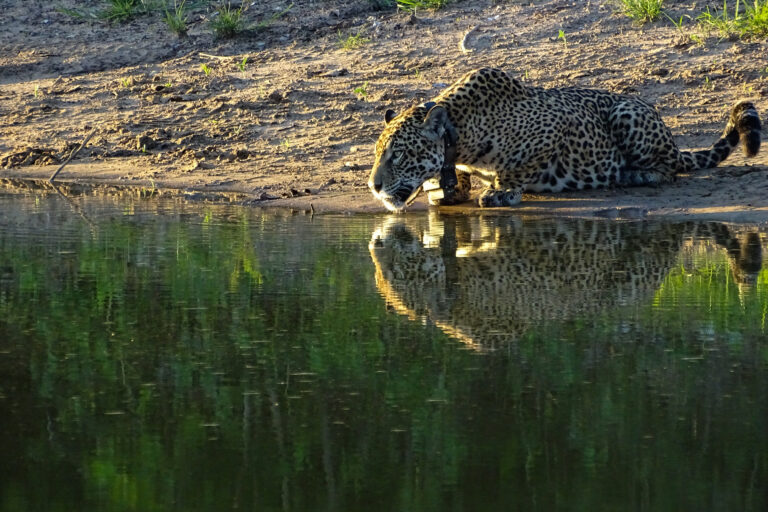
One of the lessons learned is that, because these animals were effectively raised in captivity, their instincts have to be developed.
“The animals need stimulus; you have to create it in them. If they’re not hungry, they won’t hunt. This caught our attention at the time; we were inexperienced, and we proceeded by trial and error,” Sartorello says. “We often tried to offer a piece of meat and then live prey the next day. And we started to notice that it wasn’t going to work. The animals must be hungry, fasting really, to be forced to hunt.”
They offered the live prey in stages, in a process that Haberfeld compares to video games: “Pass one stage” to proceed to the next one.
“First, we release smaller, more docile, easier-to-catch animals into the enclosure. Over time, we introduce other species, until we get to an adult male peccary,” Haberfeld says.
Another lesson learned from practice is that the enclosure must have several gates, technically called guillotine gates.
“Jaguars should not associate a certain location with food, much less humans with food. Therefore, the enclosure has six doors with screens, so there is no visual contact between the animal and their caregivers,” Haberfeld says.
Finally, with the experience gained over the last seven years has shown that life in the enclosure should be anything but easy for the animals. “The animal has to face the hardest possible experience in the enclosure because its life outside is not going to be easy,” Sartorello says.
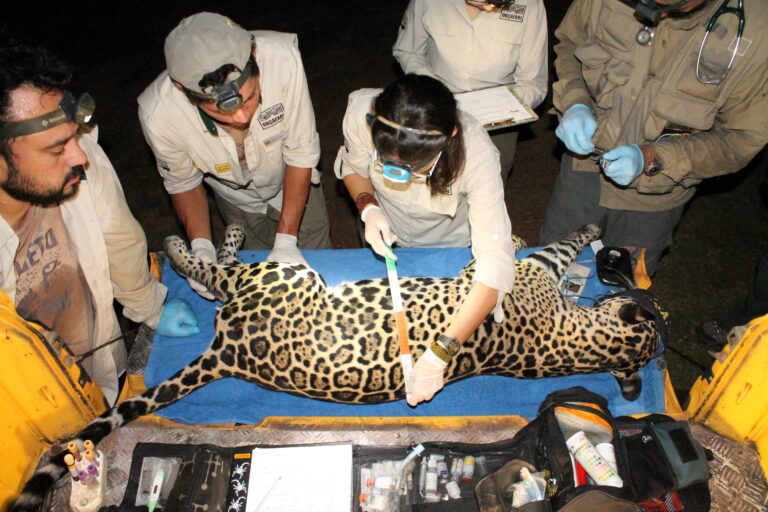
Reintroduction in the Amazon
While Brazil doesn’t have a formal protocol for reintroducing animals back into the wild, Brazilian environmental law does require releasing them into the same biome from which they were captured or where they originally belong.
There is only one jaguar species in the world, but biologists in Brazil know that there are significant differences in individuals depending on their habitats. Jaguars are larger in the Pantanal, a wetland plain where not much physical effort is required for survival. One individual there was recorded as weighing 148 kilograms (326 pounds). Meanwhile, in the Amazon or in the Atlantic Forest, with denser woodland and hilly terrain where it’s easier for prey to hide, jaguars are slimmer and lighter, weighing 67 kg (148 lbs) on average.
Xamã was found in northern Mato Grosso state, in an area considered Amazonian, so he’ll be reintroduced into that biome.
Before him, two other jaguars underwent the same process: Vivara and Pandhora, both female. They were rescued in Pará, another Amazonian state, when they were approximately a year old and sent to the No Extinction Institute, an organization that receives and cares for big cats in Corumbá de Goiás, in Goiás state.
After some time, they were transferred to an enclosure built by Onçafari inside Pousada Thaimaçu, in Jacareacanga, Pará. They underwent the same protocol used with Fera and Isa and were released into the forest in July 2019.
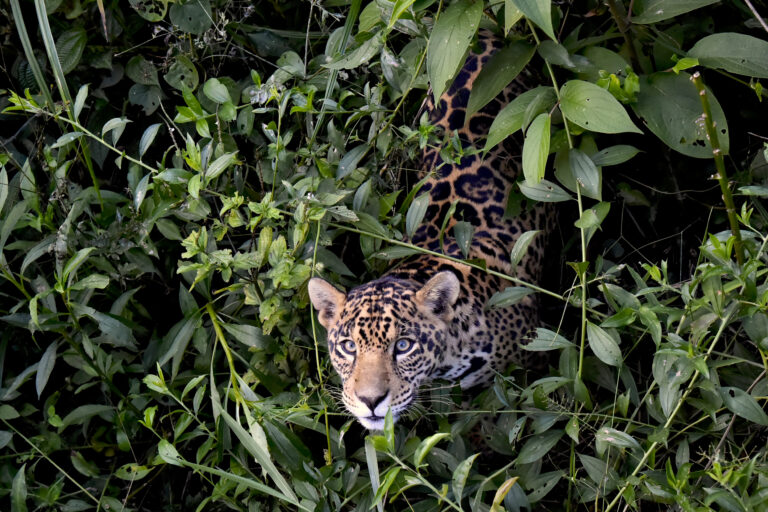
The same will be done with the young male. After spending five months at the UFMT veterinary hospital, Xamã was transferred to Pará in late January. If all goes according to plan — the tests show he’s healthy and his caretakers think he’s ready to survive on his own — he’ll be set free when he’s about 2 years old.
The challenge of reintroduction is greater in the Amazon than the Pantanal. There’s the size of the enclosure, for starters; Sartorello’s team had to avoid cutting down trees and destroying the vegetation, so it measures 15,000 m2 (161,000 ft2), nearly virtually twice the size of the one in the Pantanal. That means it’s hard for the team to catch a glimpse of Xamã in the middle of the dense forest, even with the cameras.
Also, jaguars are released with GPS tracking collars, but the signal only works for a certain time, after which the device unlocks and falls off.
Even without collars, Isa and Fera were often observed In the Pantanal, easily recognized by the rosettes on their fur — as unique to each jaguar as fingerprints are to humans. Over time, Onçafari staff were able to record the times when each of them appeared with new cubs. But because of the Amazon’s closed forest, it’s unlikely anyone will ever find out whether Pandhora and Vivara have offspring.
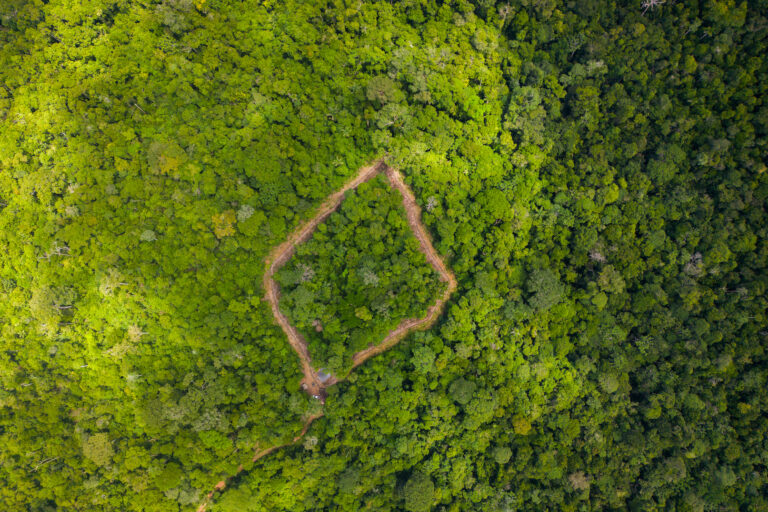
Exporting Brazilian expertise to other countries
Brazil is considered a key country for the conservation of jaguars, given that it has the world’s largest populations of the species. It’s estimated that half of the estimated 170,000 jaguars in the wild — ranging from Mexico to Argentina — are in Brazil, and nearly a quarter are in the Brazilian Amazon.
The reintroduction of Pandhora and Vivara, with Xamã following soon, may not have a major impact in the Amazon, since the jaguar population there is so large, but Onçafari experts say it’s nevertheless important as a model for other biomes, especially the Atlantic Forest.
The idea is to use all this expertise to create a national protocol for the reintroduction of the species.
“When they tell us we have to release a jaguar in the Atlantic Forest — a highly endangered biome with a population of that species that is not very large — we can’t make mistakes,” Sartorello says. “And that’s when our know-how and experience from the Pantanal and the Amazon will count.”
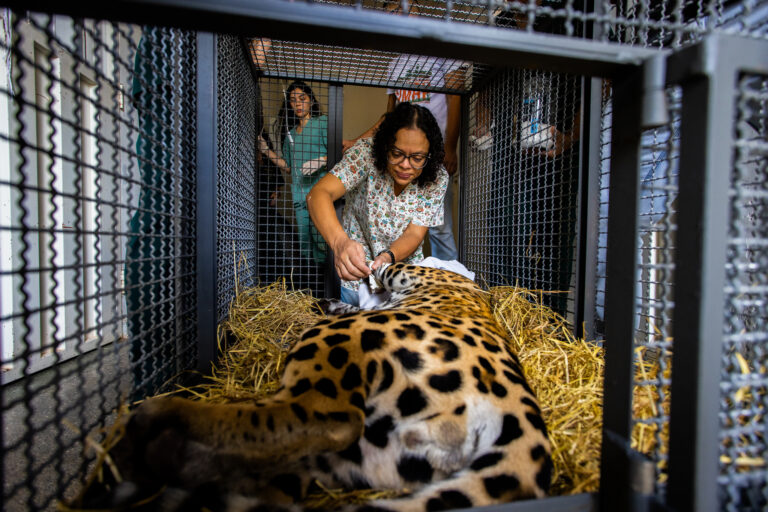
Reintroducing a single animal costs around 500,000 reais (about $100,000). This includes the costs of transportation, maintenance, medication, health tests, and staff. For Xamã, Onçafari received financial support from World Animal Protection, an NGO based in the U.K.
“Returning this animal to the wild is of the utmost importance to us,” says David Maziteli, wildlife manager at World Animal Protection Brazil. “Furthermore, this process gives us an opportunity for learning and creating science and knowledge that are so crucial for the preservation of this species, which is a symbol of our fauna.”
The Brazilian experience is already drawing the attention of conservation organizations in other countries. Onçafari has been contacted by institutions in Mexico and Belize, both jaguar range countries, to learn about what’s being done in Brazil.
In Iberá National Park in northern Argentina, a Brazilian male fathered the first jaguar cubs born in the wild there in 70 years. Jatobazinho had been found sick in the Pantanal in 2019 and taken to the Onçafari enclosure. After treatment, it was decided to donate him to a reintroduction project led by Fundación Rewilding Argentina.
“It’s really nice to see that this process that we developed to save Isa and Fera is now helping to bring back the species in a place where it had been extinct,” says Onçafari founder Haberfeld.
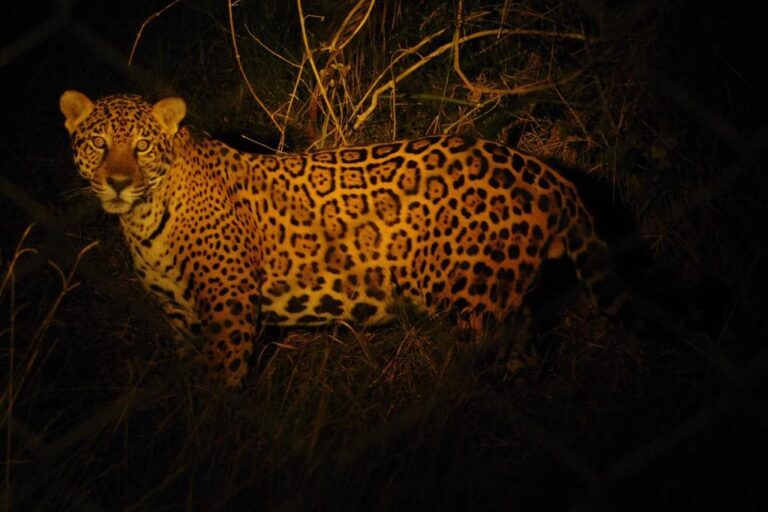
Fera, Isa, Vivara, Pandhora and Jatobazinho aren’t the only leading actors in this story. Nor is Onçafari on its own. In October 2020, a male jaguar named Ousado was also successfully reintroduced into the Pantanal, one of thousands of wildlife victims of the fires that destroyed nearly 30% of the biome that year.
Rescued by the organization Ampara Silvestre in Poconé, Mato Grosso, he had second-degree burns on his paws. Taken to a facility run by the NEX Institute (short for “No Extinction”), he underwent laser and ozone therapy sessions, in addition to application of tilapia skin. Weeks later, Ousado regained his freedom. He was spotted hunting the following month, and mating in 2021.
“The challenges were many, but I see the whole case of Ousado as very successful,” says Ampara Silvestre veterinarian and technical manager Jorge Salomão Junior. “All professionals and organizations involved were very happy and assertive. So much so that the result is there: he is big, strong, with his own territory, copulating with several females — all documented on photography and video.”
While Ousado was a success case, Amanaci, another victim of the Pantanal fires, wasn’t so lucky. The burns on her paws were even more severe and compromised her ability to hunt. Now living at NEX, she gave birth to a male cub, Apoena, in March 2022.
Just over a year old now, Apoena should be headed to the Onçafari enclosure in the Pantanal soon. In 2024, if all goes according to plan, this young male should be the world’s first case of a jaguar born in captivity and integrated into the wild. And that will happen in Brazil.
This article by Suzana Camargo was first published by Mongabay.com on 1 June 2023 | Translated by Roberto Cataldo. Lead Image: Xamã being transported to his rehabilitation enclosure in the Amazon Rainforest in Pará state. Image courtesy of Noelly Castro/World Animal Protection.
What you can do
Support ‘Fighting for Wildlife’ by donating as little as $1 – It only takes a minute. Thank you.
Fighting for Wildlife supports approved wildlife conservation organizations, which spend at least 80 percent of the money they raise on actual fieldwork, rather than administration and fundraising. When making a donation you can designate for which type of initiative it should be used – wildlife, oceans, forests or climate.
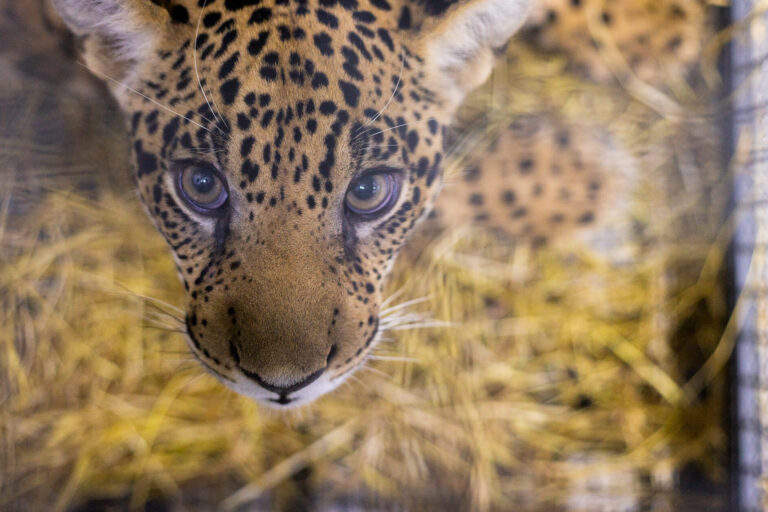
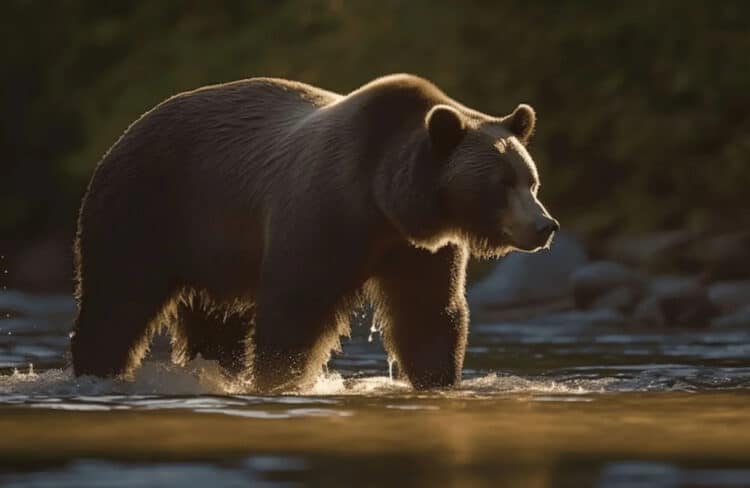
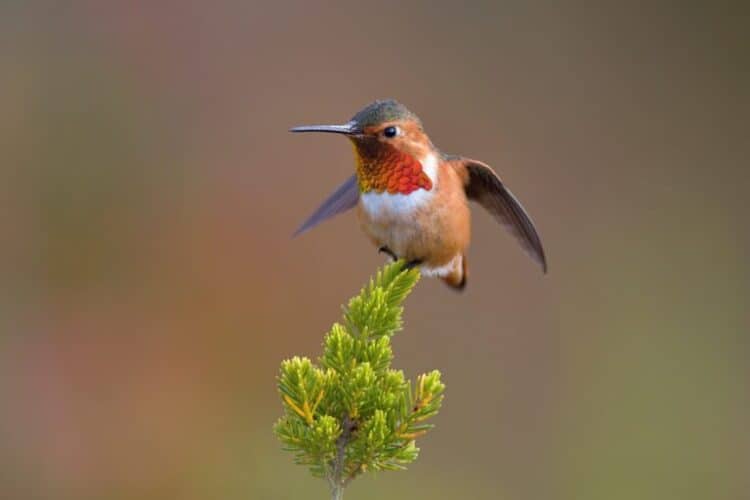
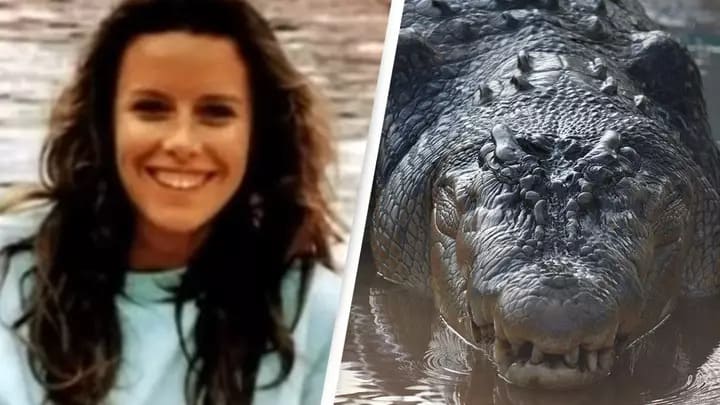
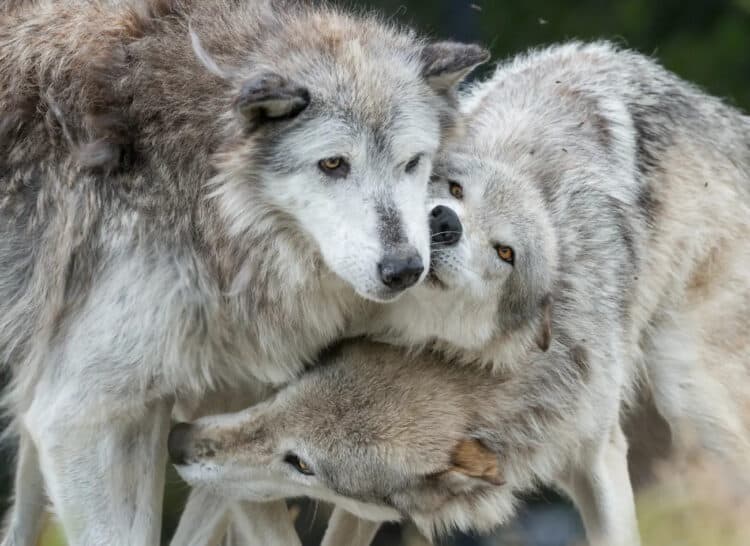

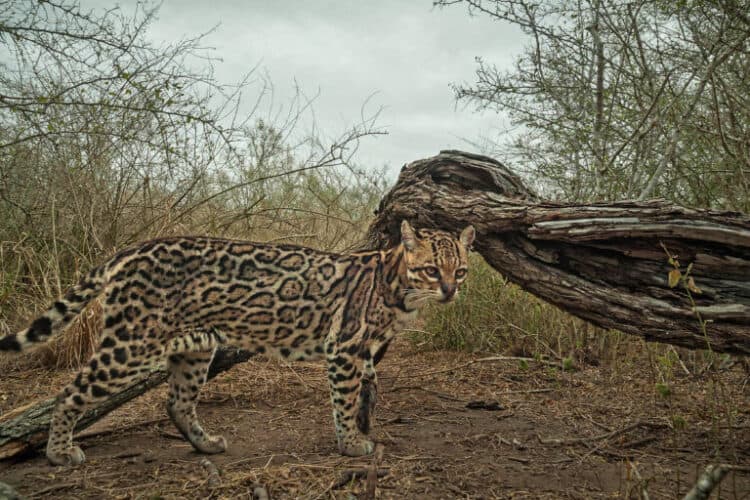
Leave a Reply